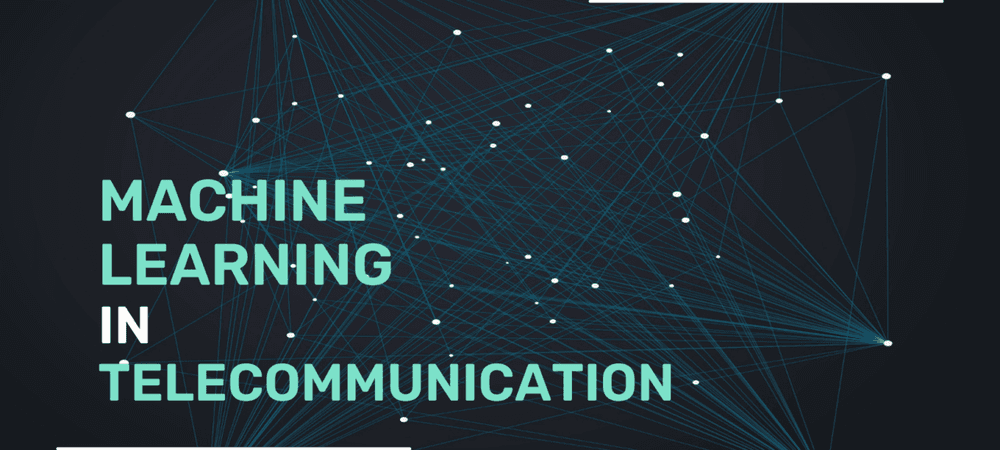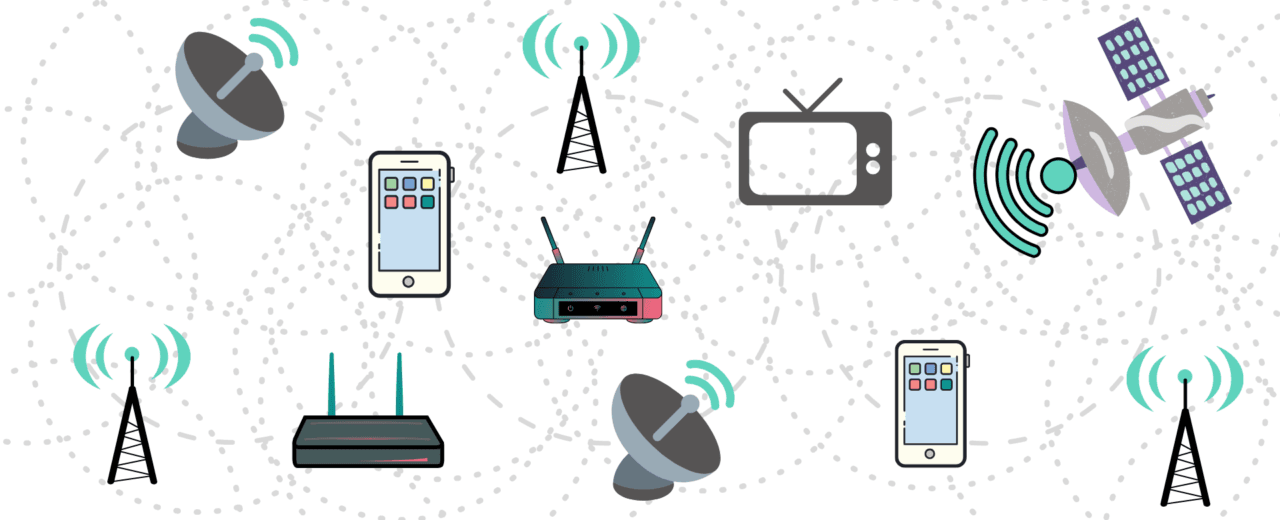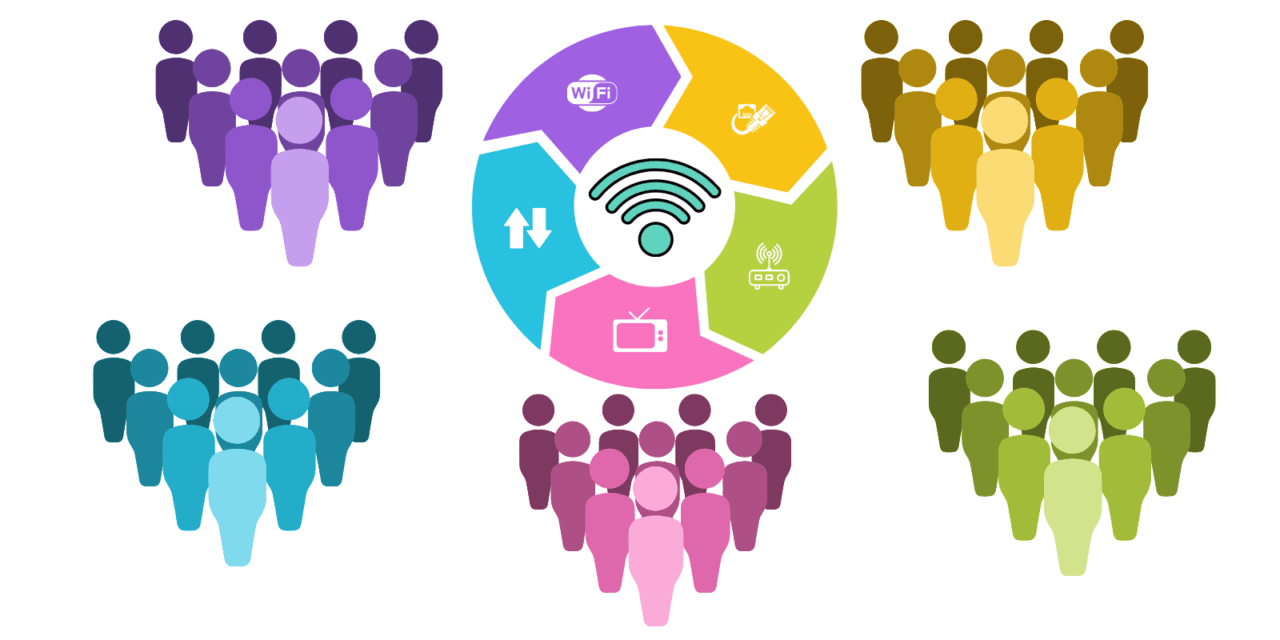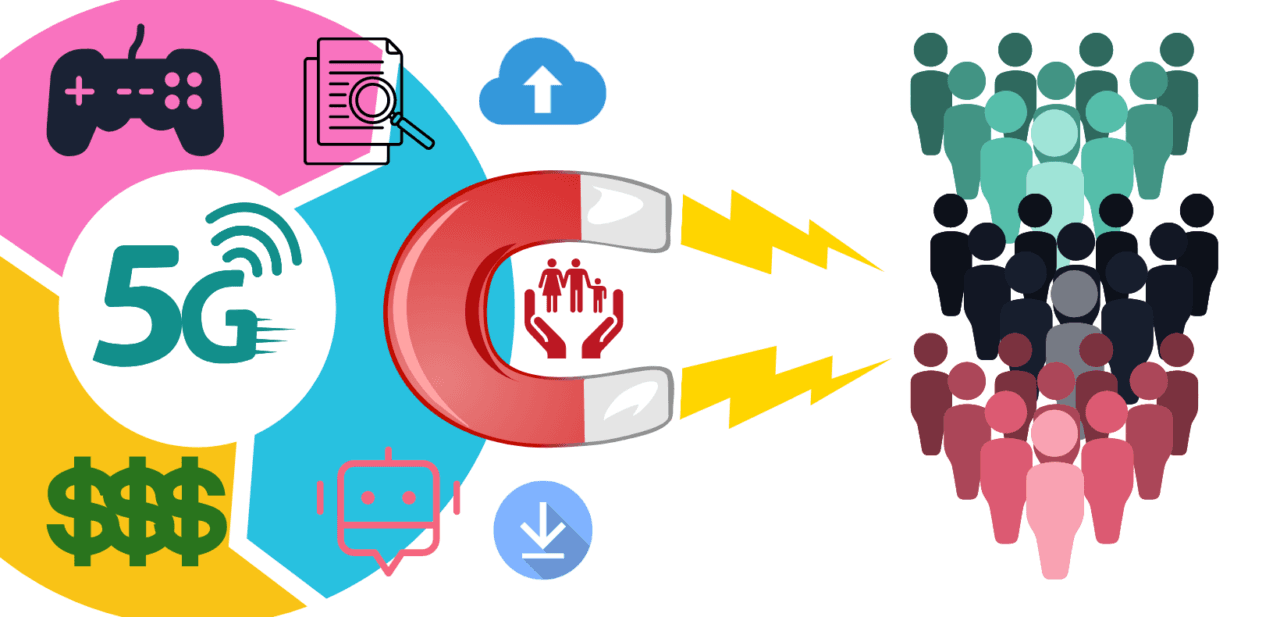
Telecommunications companies provide global communication services over the phone or the internet, using airwaves, wires, or wireless technology. The business is built on the infrastructure that allows data to be transported anywhere on the earth in the form of speech, text, audio, or video. Telephone companies (including landline and wireless), satellite companies, cable companies, and Internet service providers are the main players in the business.

As artificial intelligence and machine learning become more widely used, it will be nearly hard to find a business that does not profit from its capabilities. Telecommunications as an industry has historically done an outstanding job of keeping up with technological advancements. The industry successfully transitioned from landlines to mobile carriers, then from voice calls to messaging and data-centric networks on a worldwide scale. Telecommunications are establishing ecosystems for the data-driven economy in most industrialized economies.
Telecommunication as an Industry
The global telecom services industry was valued at USD 1,657.7 billion in 2020, according to recent statistics, and is predicted to increase at a compound annual growth rate of 5.4 percent from 2021 to 2028. Due to the user demand for new technologies and smartphones, modern infrastructures such as 5G are being implemented. The increased number of mobile subscribers and the desire for high-speed internet connectivity are the two most important factors driving this market’s growth. AT&T Inc, Verizon Communications Inc, Nippon Telegraph & Telephone Corp, Deutsche Telekom AG (DTEGY), T-Mobile US Inc. (TMUS), Vodafone Group PLC (VOD), and Telefonica SA (TEF) are only few of the world’s largest telecommunications firms.
The role of Machine Learning in Telecommunications?
1. Analytics and Forecasting
To become quicker, better, and more efficient, telecommunications firms use predictive analytics to gain business insights to make data-driven choices. Knowing the interests and desires of your customers assists to have a deeper understanding of the operational requirements and the way ahead. Forecasts are made using historical data in predictive analytics, but with machine learning, multiple data sources relevant to user sentiments and social trends can be mapped to stay more relevant to the market to increase profitability. The greater the data quality and the longer the data has been gathered, the more predictable the results will be.

2. Customer Segmentation
Telecommunication firms’ capacity to segment their audiences and tailor information for each segment is critical to their success. This golden rule applies to a wide range of business situations. Customer value segmentation, customer behavior segmentation, customer lifecycle segmentation, and customer migration segmentation are the four most important segmentation methodologies in the telecommunications industry.

Advanced targeting can forecast a client’s demands, tastes, and reactions to telecommunication services and goods. It helps the business to plan and focus its resources more precisely.
3. Detection of Fraud
The telecommunications business, which services the largest number of customers on a daily basis, is ripe for fraud. Illegal access, authorization, theft or false profiles, cloning, behavioral fraud, and other forms of fraud are the most common types of fraud in the telecom industry. Fraud has a direct influence on the relationship that a firm has with its consumers.

As a result, fraud detection techniques, methods, and tactics have become commonplace. The company may apply unsupervised machine learning techniques to a significant quantity of customer and operator data to recognize the features of lawful traffic. The smart data visualization tools are now equipped with algorithms that can detect abnormalities and send real-time warnings to analysts. This technology offers a high level of efficiency as it enables a near-real-time response to suspicious behaviors.
4. Keeping Customer Engagement and Acquisition
Customer acquisition is a difficult task. Customer retention necessitates a significant amount of effort. Set alerts to precisely identify customer behavior and warn customers who are at risk of churn. In an intelligent data platform, you can integrate customer transaction data with data from real-time communication streams to acquire insight into your customers’ perceptions of the service. This allows you to swiftly address issues with client satisfaction and avoid churn.

5. Evaluation and Optimization of Price
One of the most competitive businesses on the planet is telecommunications. Still, getting as many subscribers as possible is the ultimate aim. Pricing has evolved as a means to generate revenues while minimizing congestion as the number of users has expanded substantially in recent years. Dynamic pricing techniques are used to determine price elasticity at the intersection of devices, channels, and price plans, as well as to map lifetime values, prices, and channels in order to combine this data. You can set pricing, advertising, and future revenue dependencies based on these findings.
Conclusion
The active application of machine learning and data analysis has improved the telecommunications business. This decision was made solely to improve the situation. Various concerns and aspects are very easy to manage, control, and even prevent. The telecommunications industry needs to adopt modern technologies and processes to maintain relevance and value proposition in the global market. A telecommunications company manages a huge telecommunications network and infrastructure that processes large amounts of data. There are practical applications for processing and analyzing this data using data science techniques, methods, and tools. As a result, we sought to identify many of these use cases and demonstrate their real benefits.
Rhino Partners
We are South East Asia's best software development and data science company providing customised solutions for fintech clients worldwide.